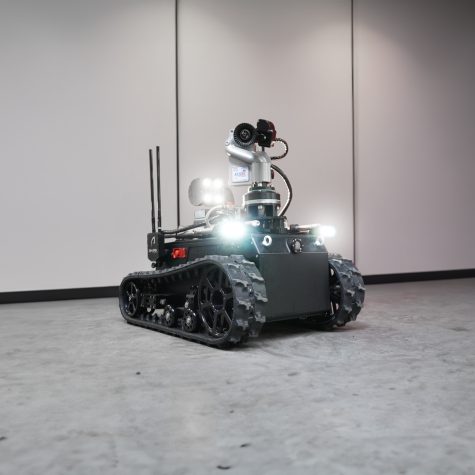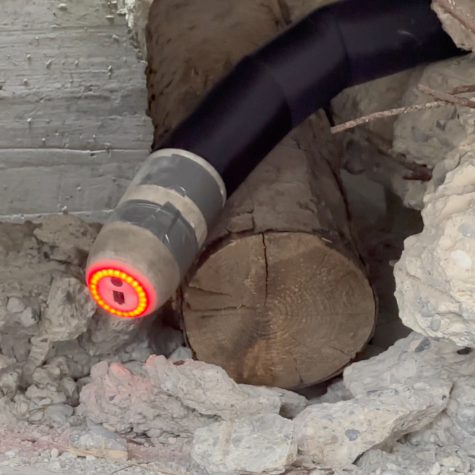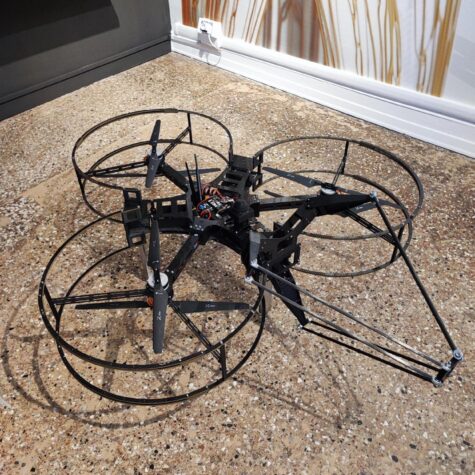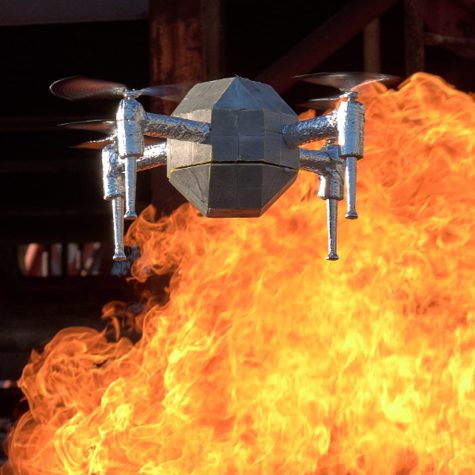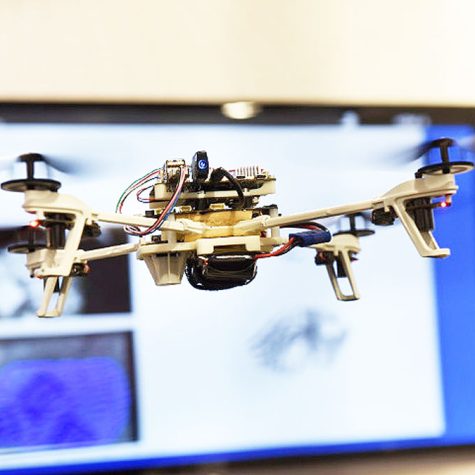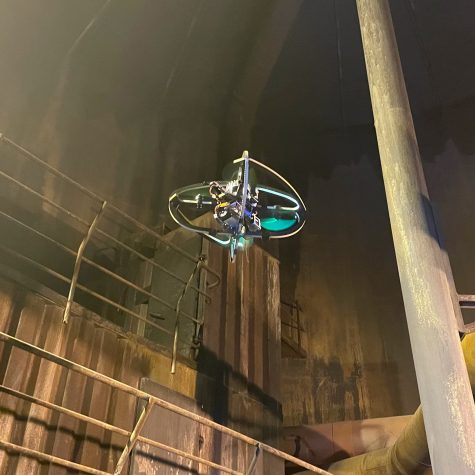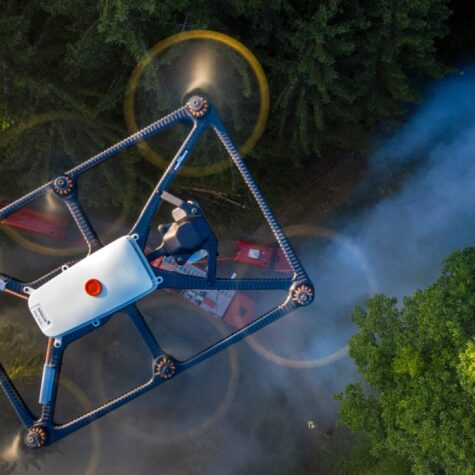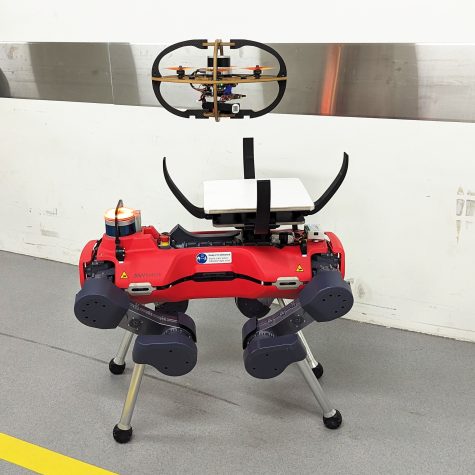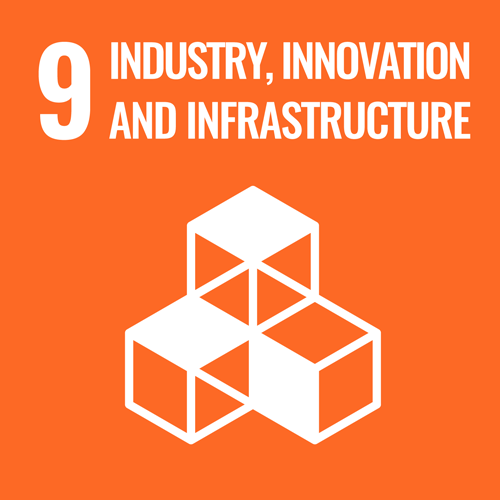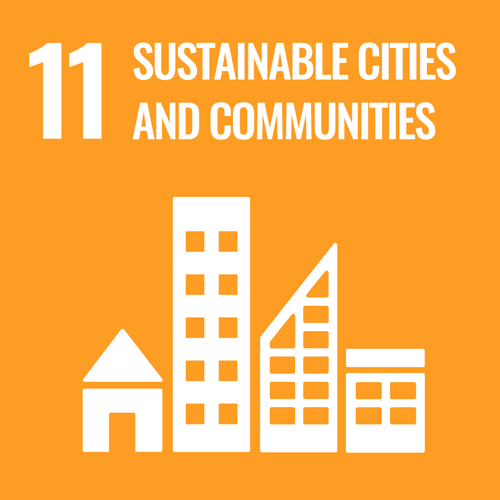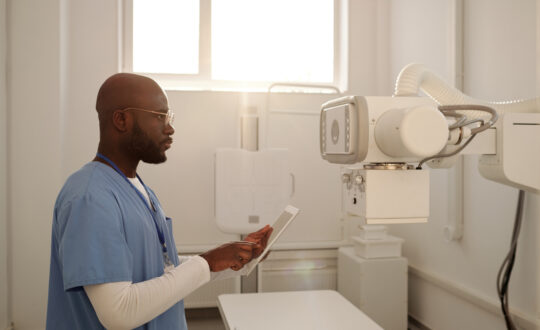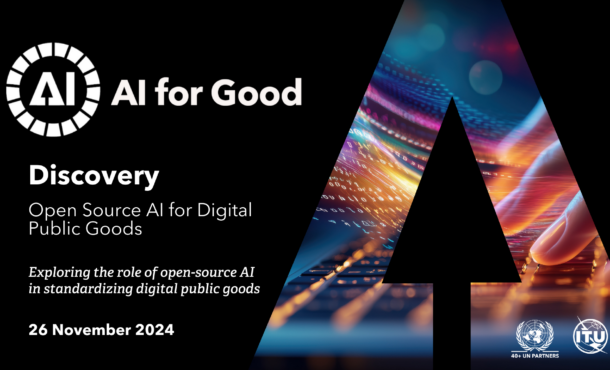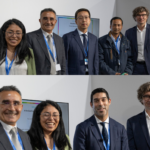AI-powered robots supporting humans amidst natural hazards
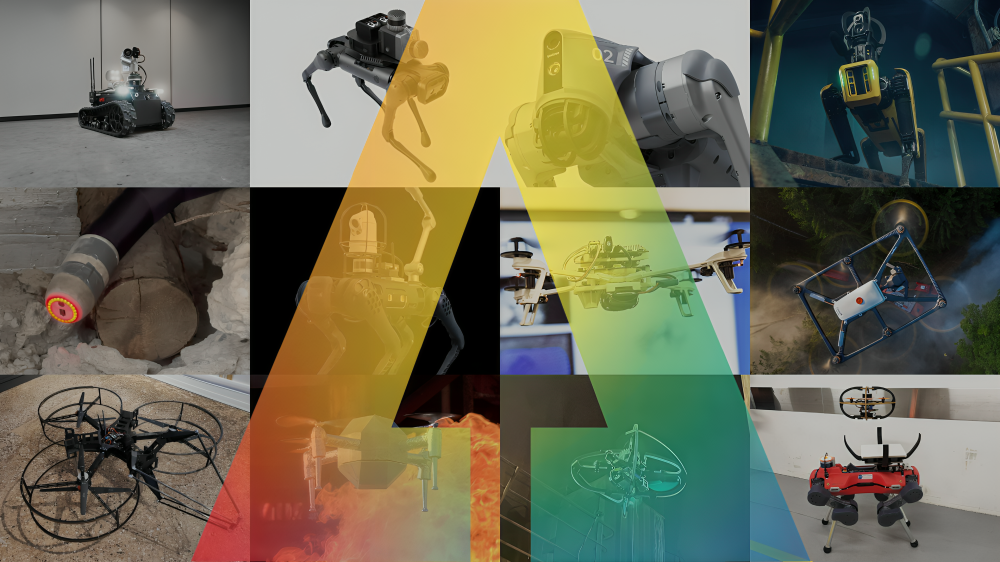
- 10 May 2024
The AI for Good Global Summit 2024 is expected to transcend the typical boundaries of a conference, spotlighting the most innovative applications of artificial intelligence (AI) in various sectors. In about three weeks, more than 90 interdisciplinary demos will be featured at the AI for Good exhibition floor: from robots and drones to the most advanced brain-machine interfaces. All highlight AI’s vast potential to achieve the United Nations Sustainable Development Goals (SDGs).
This year’s lineup will feature a wide range of robots and drones, each engineered to support humans when natural hazards strike. In a world increasingly prone to natural disasters, these advanced machines, that can be deployed in hard-to-reach environments on land, in water and air, are set to play a pivotal role in disaster response and mitigation. These robotic systems not only enhance our ability to respond to emergencies but also align with the Sustainable Development Goals (SDGs) such as SDG 9: Industry, Innovation, and Infrastructure and SDG 11: Sustainable Cities and Communities. Their integration into hazardous environment operations underscores a critical evolution in the use of technology for public safety and environmental monitoring.
Robots facilitating human efforts in hazardous scenarios
The Rhyno Protect firefighting robot is designed for fire applications, excelling in battling blazes where human firefighters would face extreme risk. Its robust design enables it to withstand high temperatures and smoke, making it an invaluable asset in urban and forest fire situations, thereby contributing directly to SDG 11 by making cities safer during fire disasters. Optimized for mobility in rough terrains, Aliengo‘s capabilities extend to detailed inspections of disaster-hit areas or potentially hazardous industrial environments. Its deployment not only aids in immediate disaster response but also in preventive maintenance, ensuring infrastructure integrity and urban resilience.
Similar to Aliengo, the Go2 robot is specialized for inspections in hazardous environments, providing critical data that can prevent disasters or mitigate their impact when they occur, thereby supporting SDG 9 by fostering resilient infrastructure. Spot‘s deployment in industrial sites for inspection purposes, especially in conditions deemed too hazardous for humans, highlights its role in maintaining safety standards and ensuring continuous operational integrity, directly influencing SDG 9. The RoBoa extends its utility to inspecting hazardous spaces and aiding in victim recovery, thus enhancing emergency response capabilities and aligning with both SDG 9 for innovation and SDG 11 for sustainable communities through improved safety. The waterproof and versatile B1 robot operates in both natural and man-made hazardous environments. Its capacity to perform under such conditions is vital for assessing structural safety and disaster damage, crucial for the resilience component of SDG 11.
Drones accelerating emergency response efforts
Embodied Quadrotors are equipped to handle various tasks in natural hazard scenarios, from surveillance to mapping. Their ability to gather data from inaccessible areas not only aids in immediate disaster response but also in long-term hazard assessment and planning, serving SDG 11 by helping to create sustainable urban environments. Known for its reliability and ease of deployment, Fotokite Sigma tethered drone system is particularly useful in prolonged emergency scenarios, providing continuous aerial footage that helps coordinate ground response efforts effectively, aligning with SDG 9. The design of the High payload coaxial-tricopter allows it to carry significant weights, useful for transporting supplies or equipment during emergency operations, thereby supporting SDG 11 by enhancing the effectiveness of disaster response.
As the name suggests, FireDrone is specialized for operations in high-temperature environments typical of wildfires and industrial fires, offering a safer alternative to manned operations and directly contributing to SDG 11 by reducing the risk to human life. The mapping drone RMF-Owl excels in creating detailed cartographies of disaster zones, enabling better planning and deployment of resources, crucial for the resilience aspects of both SDG 9 and SDG 11.
Robot-drone collaboration for enhanced intervention
The innovative Marsupial walking-and-flying robot deployment pairs ground-based robots with drones, combining their strengths for comprehensive area assessment and response. This collaboration enhances the capabilities of both platforms in accessing hard-to-reach areas, potentially speeding up the response time and improving the effectiveness of operations in natural hazard scenarios, thus supporting SDG 11 by safeguarding communities through improved disaster preparedness and response.
By harnessing these advanced technologies, we can not only respond more effectively to natural disasters but also work towards preventing them, ensuring a safer, more resilient future. As these tools become more integrated into our emergency response infrastructure, their potential to support sustainable development and protect vulnerable communities becomes increasingly apparent, marking a significant step forward in our collective ability to manage and mitigate the impacts of natural hazards.


